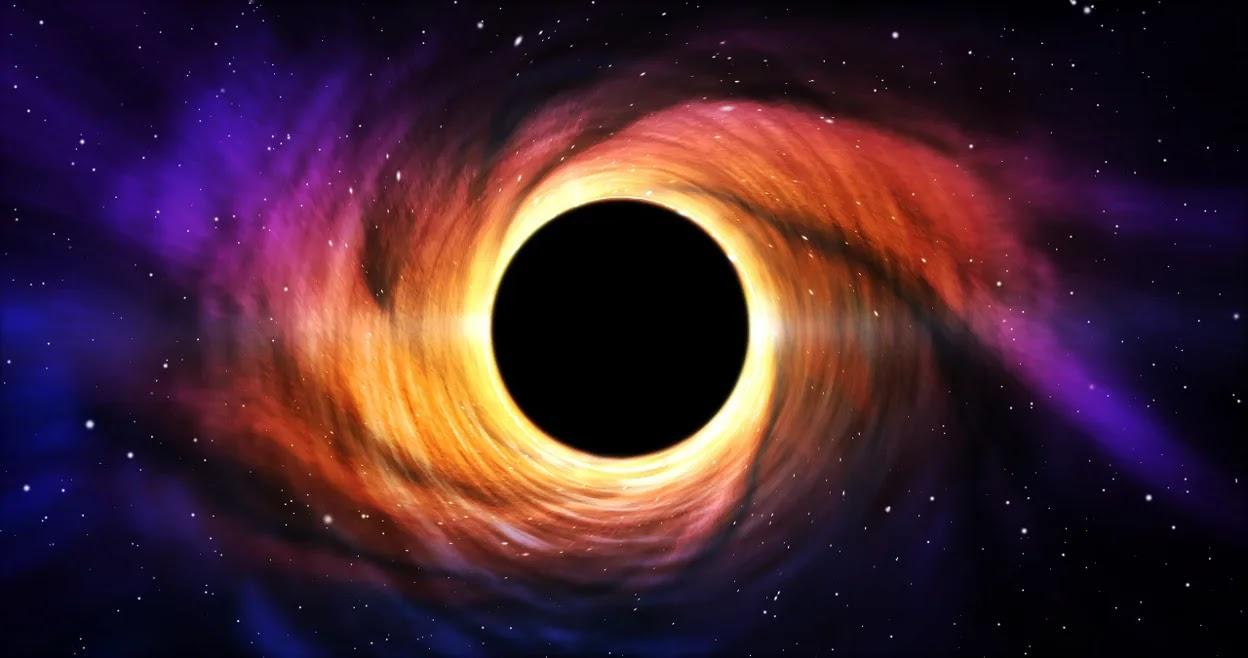In a groundbreaking discovery that has astounded the scientific community, researchers have identified the most ancient black hole ever detected. This celestial behemoth came into existence a mere 470 million years after the birth of the universe during the Big Bang.
The Collaborative Efforts of Webb and Chandra
- The discovery was made possible through the combined efforts of NASA’s James Webb Space Telescope and the Chandra X-Ray Observatory, which worked in tandem over the past year to unveil this cosmic marvel.
An Ancient Entity in an Expanding Universe
- Given that the universe is approximately 13.7 billion years old, the age of this black hole is estimated at 13.2 billion years.
- The newly discovered black hole is an absolute giant, measuring a staggering ten times larger than the black hole residing at the center of our own Milky Way galaxy.
A Weighty Enigma in the Cosmos
- This ancient black hole is believed to have a mass ranging from 10% to 100% of the combined mass of all the stars within its host galaxy.
- This mass ratio is incomparable to the minuscule proportions observed in black holes within our Milky Way and nearby galaxies, which typically account for a mere 0.1% of their respective galaxy’s mass.
The Birth of an Ancient Titan
- Scientists postulate that this prodigious black hole formed from the collapse of massive clouds of gas within a galaxy located adjacent to another galaxy containing stars.
- These two galaxies eventually merged, with the newly discovered black hole ultimately taking over the central position.
Illuminating the Distant Past: The Gravitational Lensing Technique
- The collaborative efforts of the Webb and Chandra space telescopes have unveiled an unprecedented view of the universe’s distant past.
- They employed a technique known as gravitational lensing to magnify the region of space housing the galaxy UHZ1 and its associated black hole.
- The telescopes harnessed the light emanating from a cluster of galaxies that is relatively closer to Earth, located a mere 3.2 billion light-years away. This amplification effect allowed them to observe UHZ1 and its colossal black hole, situated much farther in the cosmic background.
James Webb Space Telescope
- The James Webb Space Telescope, launched in 2021 and stationed at a point one million miles from Earth, stands as the most extensive and powerful astronomical observatory ever deployed in space.
- This cutting-edge instrument observes the universe in the infrared spectrum, enabling the exploration of celestial objects with unmatched precision.
- Webb’s primary mirror comprises 18 hexagonal mirror segments constructed from beryllium with a gold-plated finish. Collectively, these segments form a mirror with a substantial diameter of 6.5 meters (21 feet), a significant upgrade from Hubble’s 2.4 meters (7 feet 10 inches).
The Remarkable Chandra X-ray Observatory
- The Chandra X-ray Observatory (CXO), formerly the Advanced X-ray Astrophysics Facility (AXAF), is a flagship space telescope launched by NASA on July 23, 1999, aboard the Space Shuttle Columbia.
- It boasts extraordinary sensitivity, capable of detecting X-ray sources 100 times fainter than previous telescopes, thanks to its high-angular-resolution mirrors.
- This telescope is named in honor of the Nobel Prize-winning Indian-American astrophysicist, Subrahmanyan Chandrasekhar.



 Mankind Pharma Acquires Bharat Serums an...
Mankind Pharma Acquires Bharat Serums an...
 Discovery of Lithium Resources in Mandya...
Discovery of Lithium Resources in Mandya...
 What is Blue Screen of Death?
What is Blue Screen of Death?
